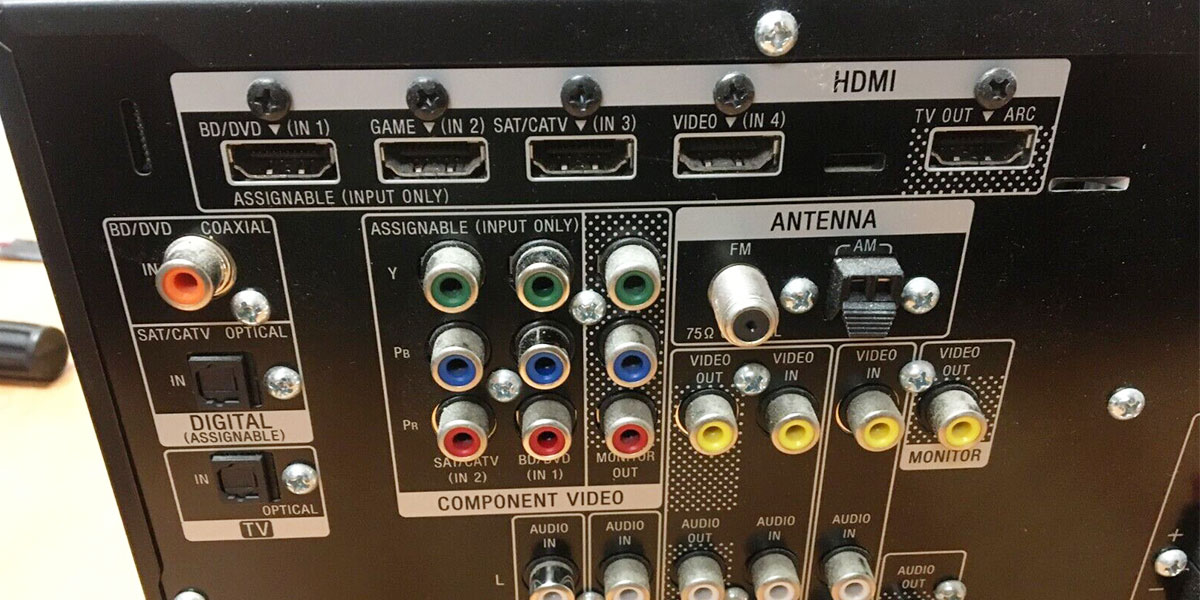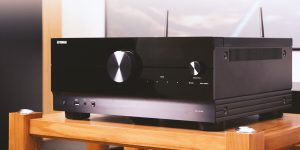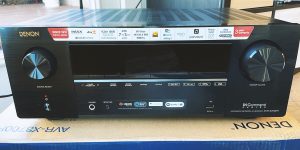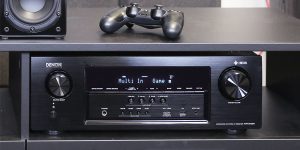Optical connections and HDMI ARC are two common methods for connecting audio devices, and choosing the right option is important as it will directly impact the audio and, in some cases, video quality and overall functionality of your entertainment system. The choice between these connections depends on various factors, which I will review by comparing HDMI ARC vs. optical variants. Don’t miss a chance to get the optimal audio-visual experience, where the sound quality, convenience, and your home theater’s destiny are on the line.
What is HDMI ARC?
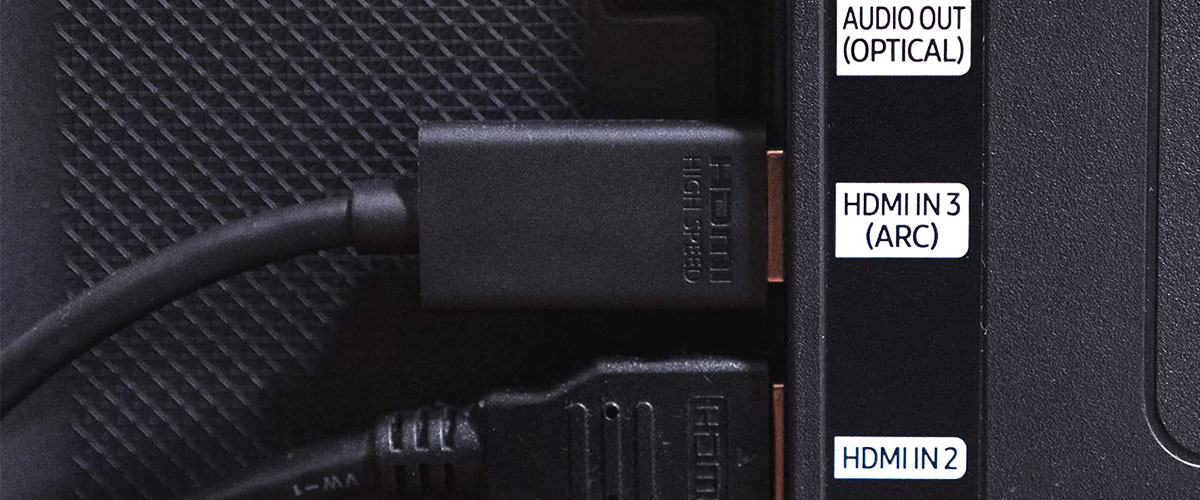
HDMI ARC enables audio transmission from the TV to an external audio device and vice versa, using a single HDMI cable. Controlling the audio device is also easy by using the TV’s remote control or the audio device’s remote. It’s worth noting that HDMI also comes in several generations. Even though the wire itself is universal, regardless of the version, the interface may differ in functionality. HDMI ARC was introduced as part of HDMI 1.4 and has remained on the spec sheets ever since.
Advantages:
- easier and more aesthetically pleasing setup;
- transmitting high-quality audio formats;
- convenient control.
Disadvantages:
- limited bandwidth compared to HDMI eARC;
- CEC can cause issues if devices don’t play nicely together.
What is Optical?
An optical connection, also known as TOSLINK or SPDIF, transmits audio signals using light pulses. The audio is transmitted in a digital format, such as PCM (Pulse Code Modulation), or compressed formats like Dolby Digital and DTS. Optical connections are still supported and can transmit both stereo and multi-channel audio, making them versatile for various audio setups.
It comes in three versions. The most popular is coaxial. This is what is used in the vast majority of devices with an S/PDIF connector. S/PDIF TTL is similar in principle to coaxial but uses a slightly different interface for the transmitted signal. The wire type is no different. S/PDIF TTL is used in high-end sound cards – for example, professional ones – but it is a rare guest in home audio equipment. TOSLINK is an extremely unusual standard. It is used in laptops and is often combined with a 3.5 mm headphone jack.
Advantages:
- offers clean and noise-free audio transmission;
- transmits audio over relatively long distances;
- can be used with a wide range of audio devices.
Disadvantages:
- cables are delicate and can be prone to damage;
- no two-way communication.
Audio quality differences
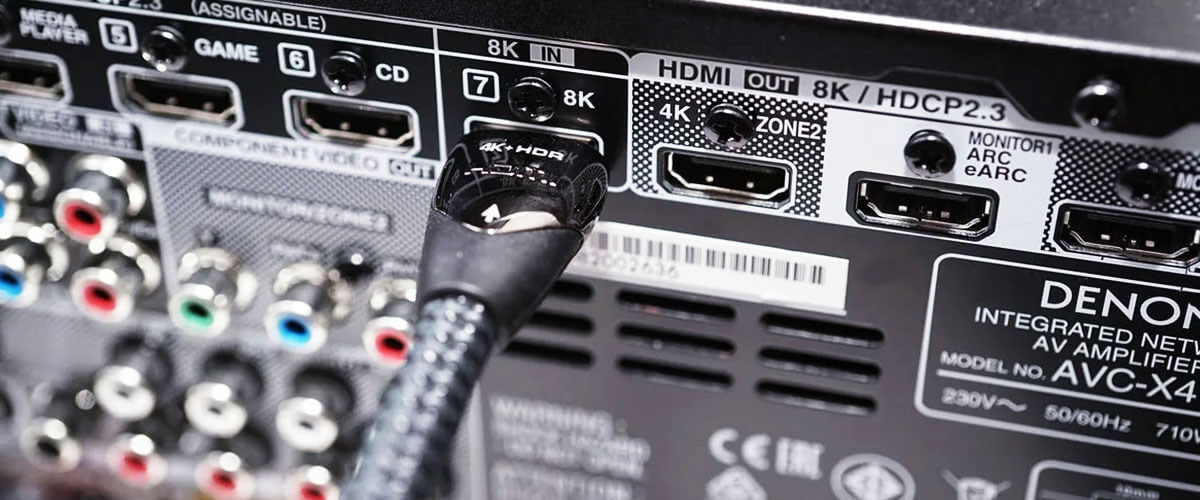
The primary factor influencing audio quality is the capability of your audio equipment and the audio format being transmitted, not the specific connection method. Most people won’t notice a significant difference between the two, especially if they’re connected to a good AVR with speakers or headphones. There is no doubt that HDMI allows for the newer, higher-resolution audio options available on the latest Blu-ray players and other devices.
However, it’s worth noting that ARC does not allow streaming of full-length, upscaled codecs such as Dolby TrueHD, Dolby Atmos, DTS-HD Master Audio, or DTS:X soundtracks found on standard and 4K Blu-ray discs as it simply leaves the base 5.1 channel data in the stream. If that’s not enough for you, you’ll need HDMI eARC.
When it comes to delivering the highest audio quality in your home theater, the debate of eARC vs. optical is a key consideration for audiophiles and tech enthusiasts alike, but more on that a little later. Since optical cables are immune to electrical interference, you won’t hear any buzzing, humming, or static that can sometimes occur with analog audio cables. They do not introduce any coloration or distortion to the audio signal, ensuring that you hear the audio as the content creator intended.
The sound quality when using HDMI ARC is also excellent. However, the quality you experience can depend on factors such as your TV’s audio processing capabilities, the compatibility of your devices, and whether audio compression is used during transmission.
Thus, while both HDMI and optical cables can provide 5.1 surround sound, HDMI is a more recent specification (particularly its 2.0 and 2.1 variants) that allows for substantially larger bandwidths. This enables it to deliver uncompressed surround sound and is, therefore, a definite advantage over the main competitor.
Video quality differences
When it comes to comparing optical and HDMI ARC connections in relation to video, it’s important to understand that the first one only transmits sound. This means you’ll need an extra cable to transfer videos and images between your devices. That is why I think the choice between HDMI or optical for a soundbar and receiver is obvious. An HDMI ARC is perfect for modern users who wish to have minimal cables in their system.
HDMI ARC does not inherently improve or degrade video quality. It will transmit the video signal from your source device to your TV without altering the quality, assuming all components and cables in the chain are of sufficient quality to support the desired video resolution and features. If you are concerned about video quality, you should focus on the capabilities of your source device, TV, and HDMI cable rather than the HDMI ARC connection itself.
Almost the same story is about optical cable. Its primary usage is only for audio transmission, and for video transmission, you will need a dedicated video cable, such as HDMI, DisplayPort, VGA, or component video cables, depending on the type of video source and display you are using. Therefore, using optical cables for audio connections should have no impact on the quality or performance of your video signals.
Cases for using HDMI ARC
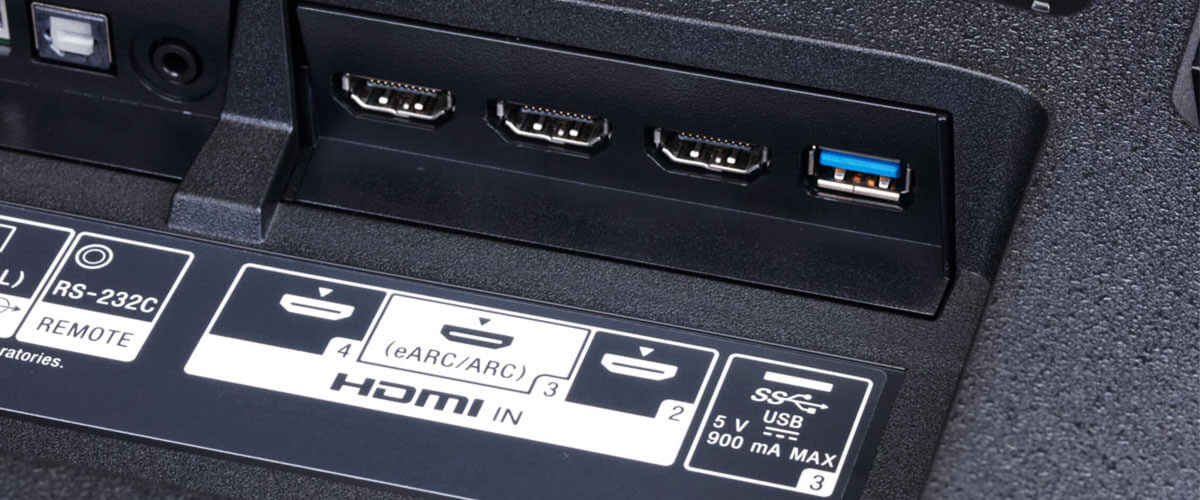
HDMI has become the standard for all audio and video devices today. ARC allows you to connect all your sources (Blue-Ray, cable box, game console, etc.) to your TV and send the audio signal to the soundbar or receiver. For those who use an AV receiver as a hub instead of a TV, ARC can make cable management a little easier. While in this kind of setup, audio from various sources goes directly to AVR, any audio coming from the TV still has to make it to the receiver. For example, let’s say that a TV is the preferred smart device in a bundle. Any audio from Netflix will only come from the TV unless it is somehow transmitted to the receiver. In the past, this would have required a different cable, typically an optical digital cable. But with HDMI ARC, audio can be sent back to the receiver through the same cable that already connects the two devices.
Cases for using Optical
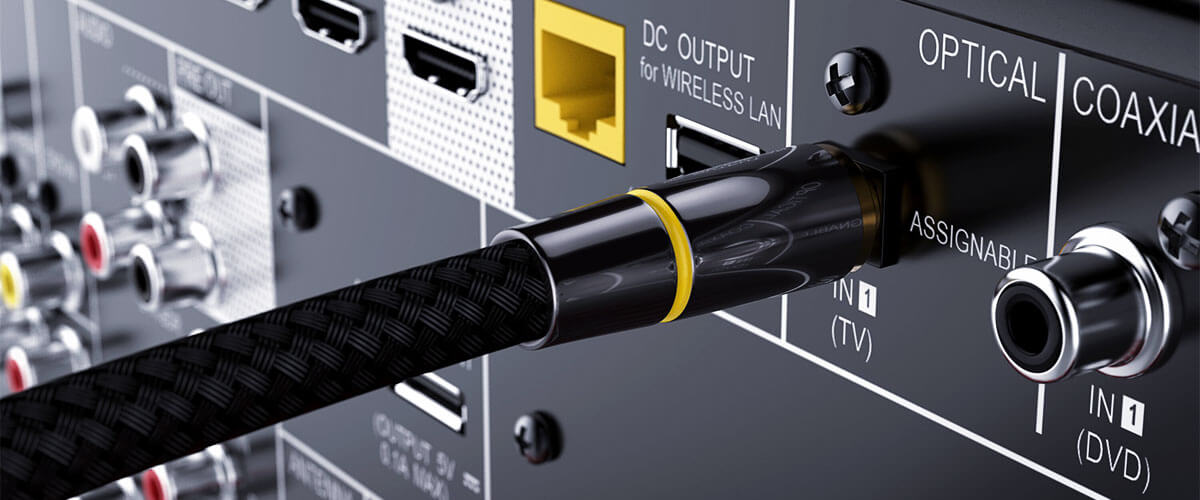
HDMI may not be available according to your equipment. Perhaps you’re still using an outdated receiver. Maybe you’ve got all hooked up to your TV, and all you wish to do is get the audio out to a soundbar (and the only solution is optical). An optical cable will do the job if you have a 5.1 surround sound system and older electronics. Since it has minimal interference, it is a better choice than HDMI in this case.
Conclusion
Optical cables and HDMI ARC have proven to be worthy contenders, each with its own strengths and weaknesses. Ultimately, the answer to which is better, optical audio or HDMI ARC, depends on your unique preferences, equipment, and priorities. Optical connections may be a go-to choice for audiophiles who demand pristine sound quality. If you have a mix of newer and older devices or are unsure which route to take, optical cable is the optimal option.
In case simplicity and integration are top priorities, HDMI ARC takes the spotlight. It’s the best bet for users who want a single cable solution for both audio and video, along with the convenience of controlling devices seamlessly. It’s versatile and widely compatible.
FAQ
Do all HDMI cables support ARC?
No, not all HDMI cables support ARC. To use HDMI ARC, you need an HDMI cable with ARC support, typically labeled as “High-Speed HDMI with Ethernet.
What is the maximum cable length for HDMI ARC and Optical?
HDMI ARC typically works well with cable lengths up to about 50 feet. Optical cables can also span similar distances without significant signal degradation.
Can HDMI ARC control device power and volume?
Yes, HDMI ARC can control device power and volume if both the TV and connected audio device support Consumer Electronics Control (CEC) features.
Which is more future-proof: HDMI ARC or Optical?
< HDMI ARC is generally considered more future-proof than Optical, as it supports a wider range of audio formats and can transmit both audio and video, making it more versatile for evolving home entertainment technologies.
